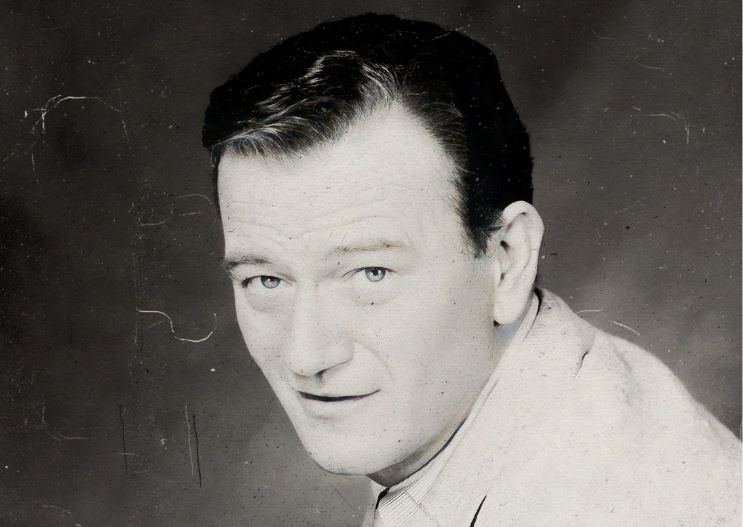John Wayne was the greatest John Wayne impersonator who ever lived. Born Marion Morrison in a small town in Iowa, he had to build himself into an icon. Being several inches taller than most men helped, as did his long-standing collaboration with John Ford. Together, they helped shape the western so that a movie in that genre was expected to look like a Ford movie and the hero was expected to be John Wayne or a facsimile of him.
The particulars of each character the actor played hardly mattered. They were all, in one way or another, John Wayne: Legend. Ringo Kid, John T Chance, and Rooster Cogburn were all versions of the same character. Even Sean Thornton, the softly spoken ex-boxer that Wayne played in Ford’s The Quiet Man was in keeping with the others.
For most of his fans, this consistency was the key to the star’s allure. It would’ve been jarring to see him break out into a Gene Kelly-style song and dance number in the middle of a shootout or start cracking profoundly dated jokes like Bob Hope. It would have been disconcerting for him to start spouting pessimism like Humphrey Bogart or turning psychotic like Jimmy Cagney. Range is not what the audience wanted from Duke, and he never disappointed.

Given how venerated he was as a persona, you might think Wayne revelled in the icon he constructed. And yet, he apparently didn’t. In fact, he thought the whole gig was a bit limiting. “I’m always the straight guy who heaves the pack up on his back and shouts, ‘Follow me!’” he complained. “Everybody else in the picture gets to have funny scenes, clever lines, but I’m the hero, so I just stand there.”
The fact that he was able to be so specific about his character tropes is proof that many of his films were accidental (or deliberate) remakes. He played fearless leaders who guided their acolytes with honour. God forbid he crack a funny line while doing so. At a time when antiheroes were in direct opposition to the Hays Code, earnestness was practically a legal obligation.
In contrast, Wayne’s co-stars could be flawed. Dean Martin could play a down-and-out alcoholic in need of redemption, and Walter Brennan could play the comic relief, but Wayne had to be serious and unassailably decent at all times, to the point where he rarely got to have much of a character arc.
When he did win an Oscar for his performance in the 1969 film True Grit, many felt that it was a career award rather than a performance award. He was excellent in the movie, but it was far from his most challenging role. The Man Who Shot Liberty Valance gave him the most direct opportunity to deconstruct the archetype of American masculinity that he spent so many decades creating, but it wasn’t, you know, a hoot.
Wayne did get to play the comedian a few times in the early 1960s, most notably in North to Alaska, McLintock!, and Donovan’s Reef, but it’s up for debate whether any of those films are actually comedic.
